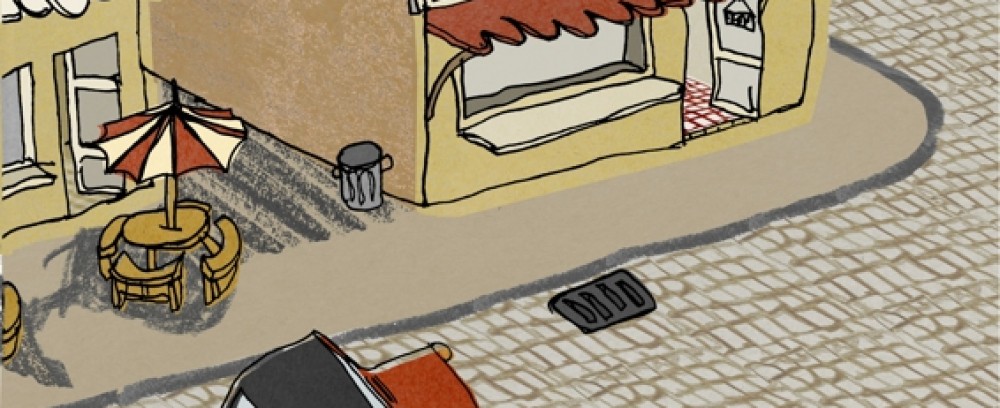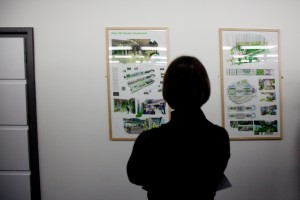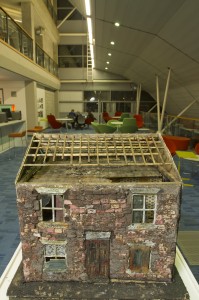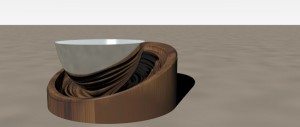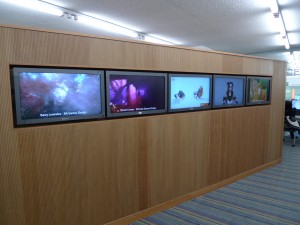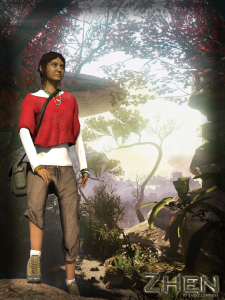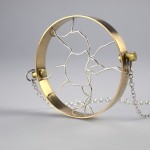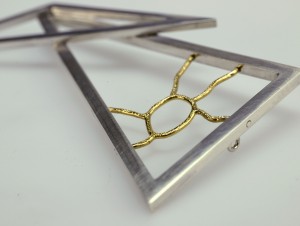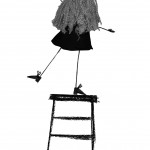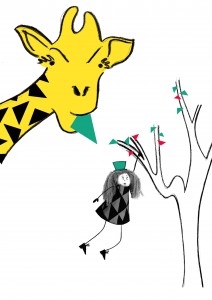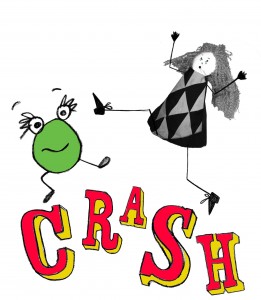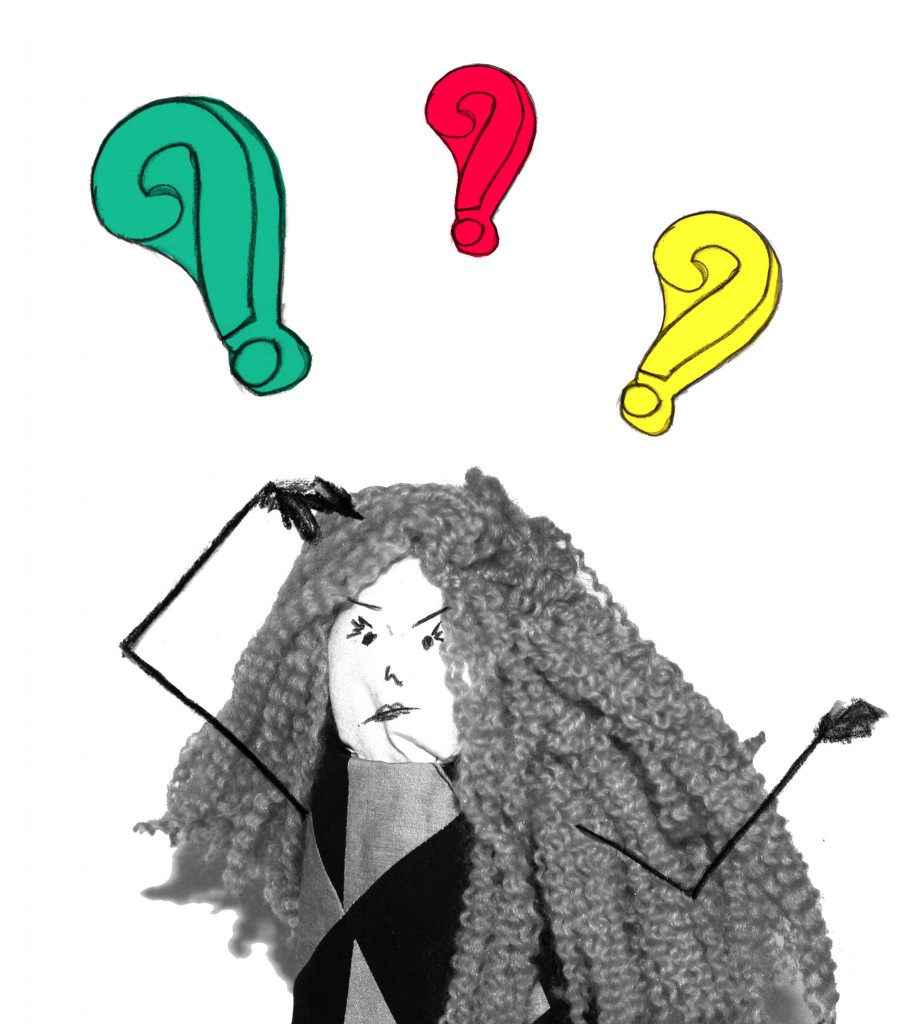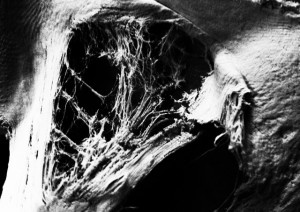This is the second of our “Where are they now” features, catching up with students who have exhibited their work in the learning centres in previous years.
Following her final year project from the BA (Hons) Interior Design course at Sheffield Hallam University, course lecturers and module leaders nominated Yanli’s piece on a garden restaurant for Park Hill, for display in the Art in Adsetts 2012 exhibition.
Yanli Shen was a model student in this regard, as she submitted a carefully written artist’s statement to be displayed alongside her work to allow audiences to read an interpretation of the piece. The framed piece was highlighted as part of a tour at the launch exhibition and has received positive feedback from visitors, staff and students alike. We asked Yanli’s permission to extend the duration of the display of the garden restaurant beyond the academic year, so that we can keep it for a few more years.
We were interested to know what direction Yanli chose after she completed her degree:
“Since graduating with a first class honours degree from the University, at Hallam, I secured a place on the MA Landscape architecture at Sheffield university. I chose this course to compliment the Parkhill project. I am currently in Edinburgh studying a MFA in Art Space and Nature. This will round off my education perfectly. Each course on completion has offered up the opportunity to further develop my knowledge in a supportive and encouraging environment. In the future, I plan to utilise my skills professionally in the spheres of Interior Design, Landscape, Space and Environmental Art.”
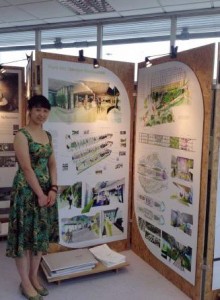 Yanli, and exhibitors like her, are a source of inspiration to staff, students and visitors who use our learning spaces. By displaying their creativity, we hope to inspire many more as they continue their journey to graduation and beyond.
Yanli, and exhibitors like her, are a source of inspiration to staff, students and visitors who use our learning spaces. By displaying their creativity, we hope to inspire many more as they continue their journey to graduation and beyond.
Thanks and best wishes go to Yanli in her future.
